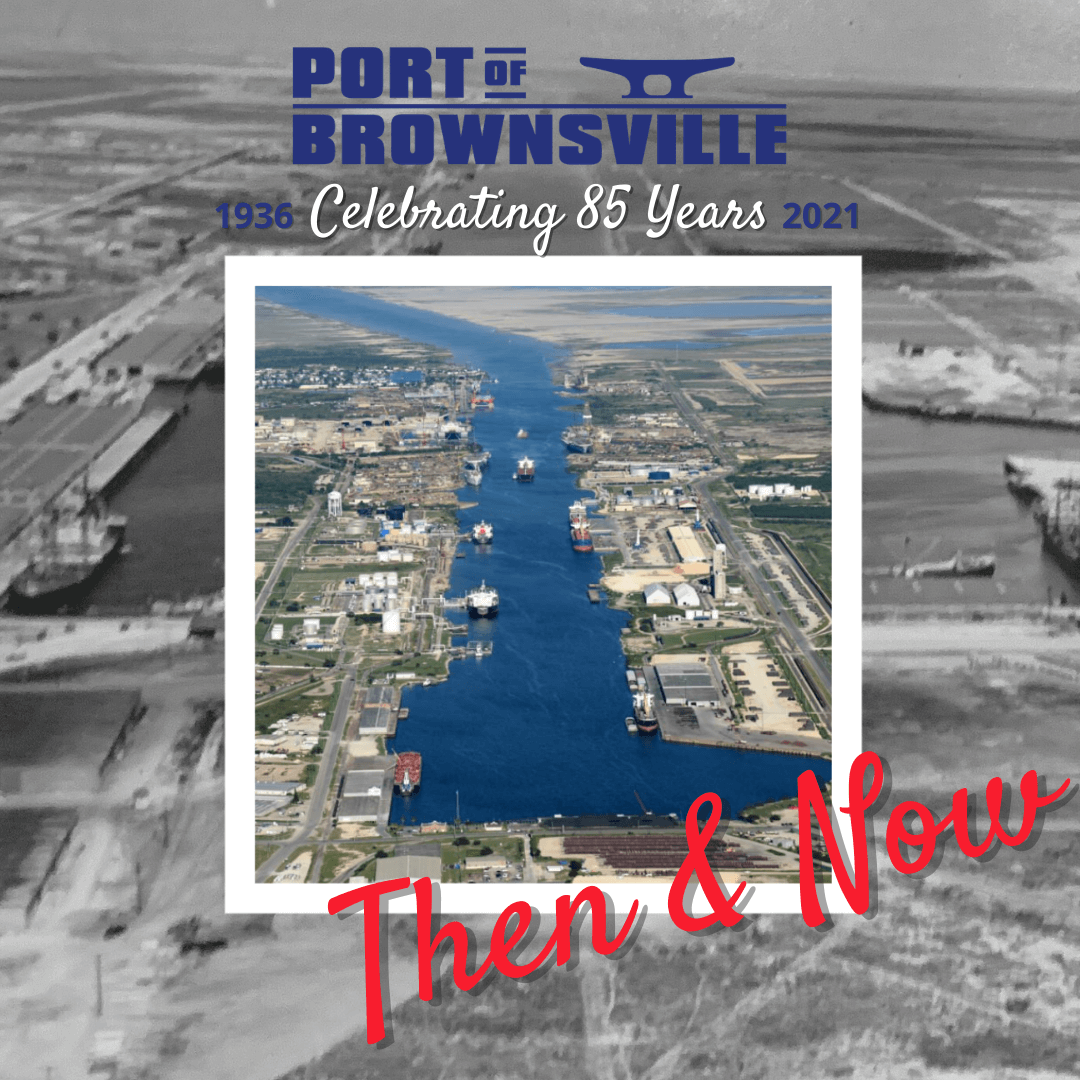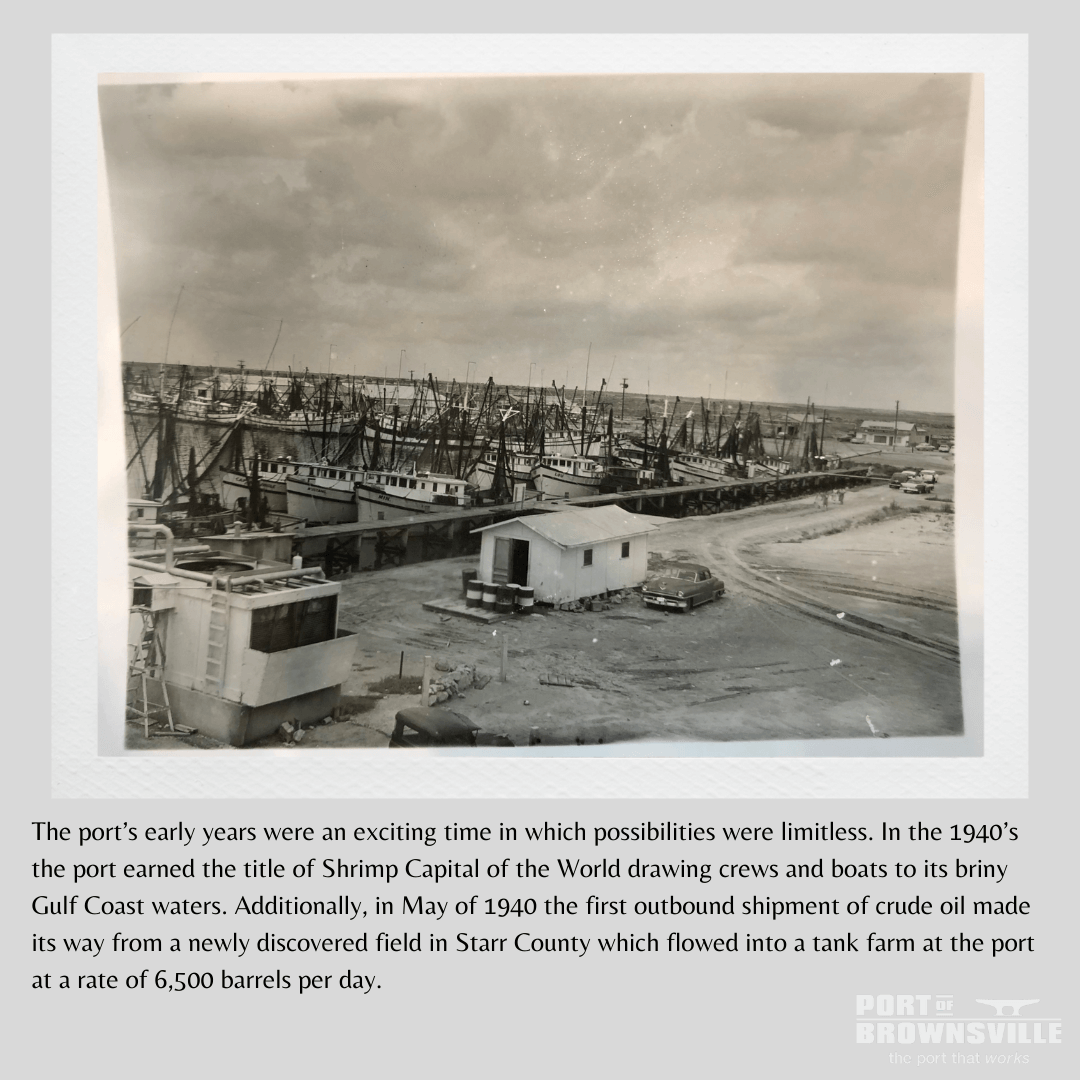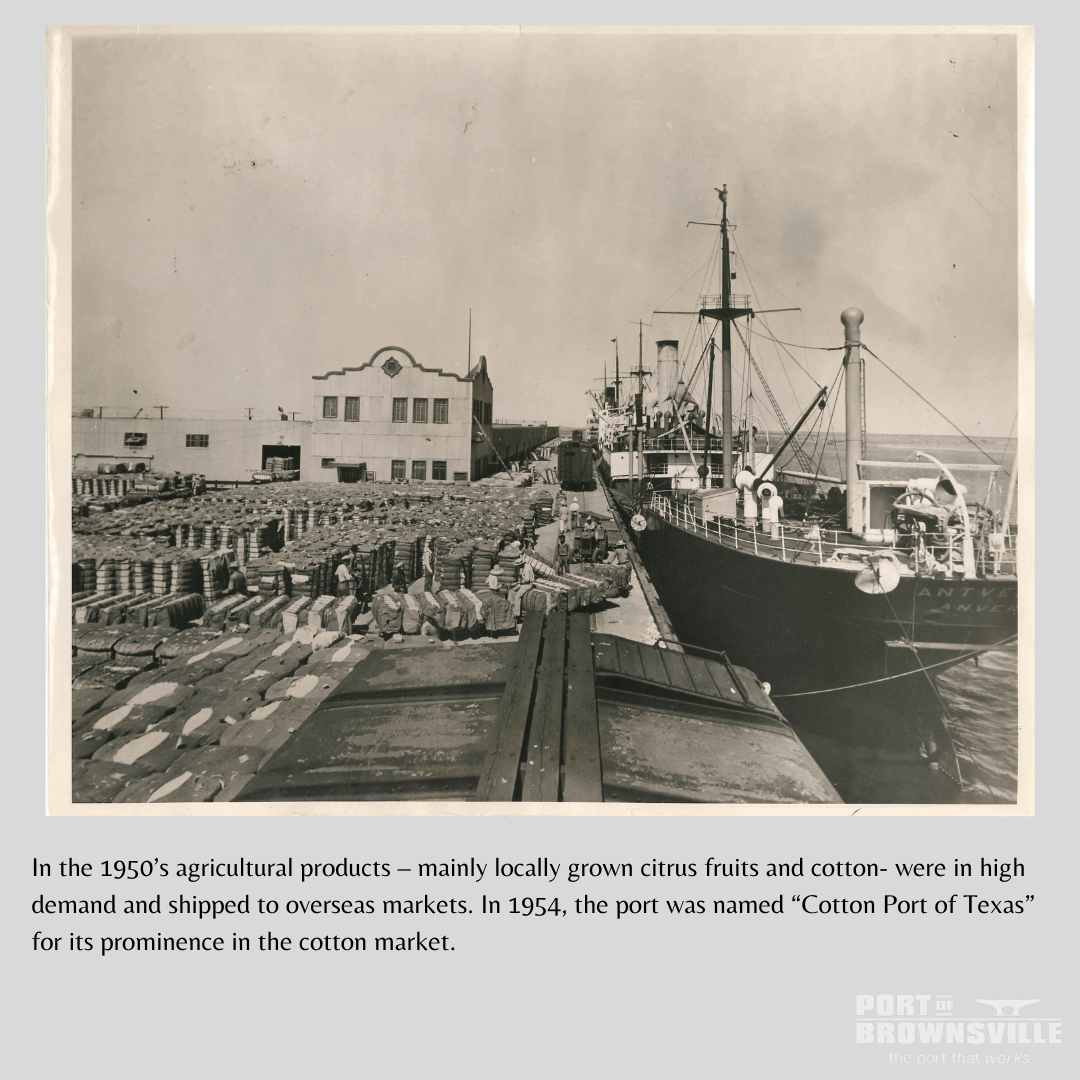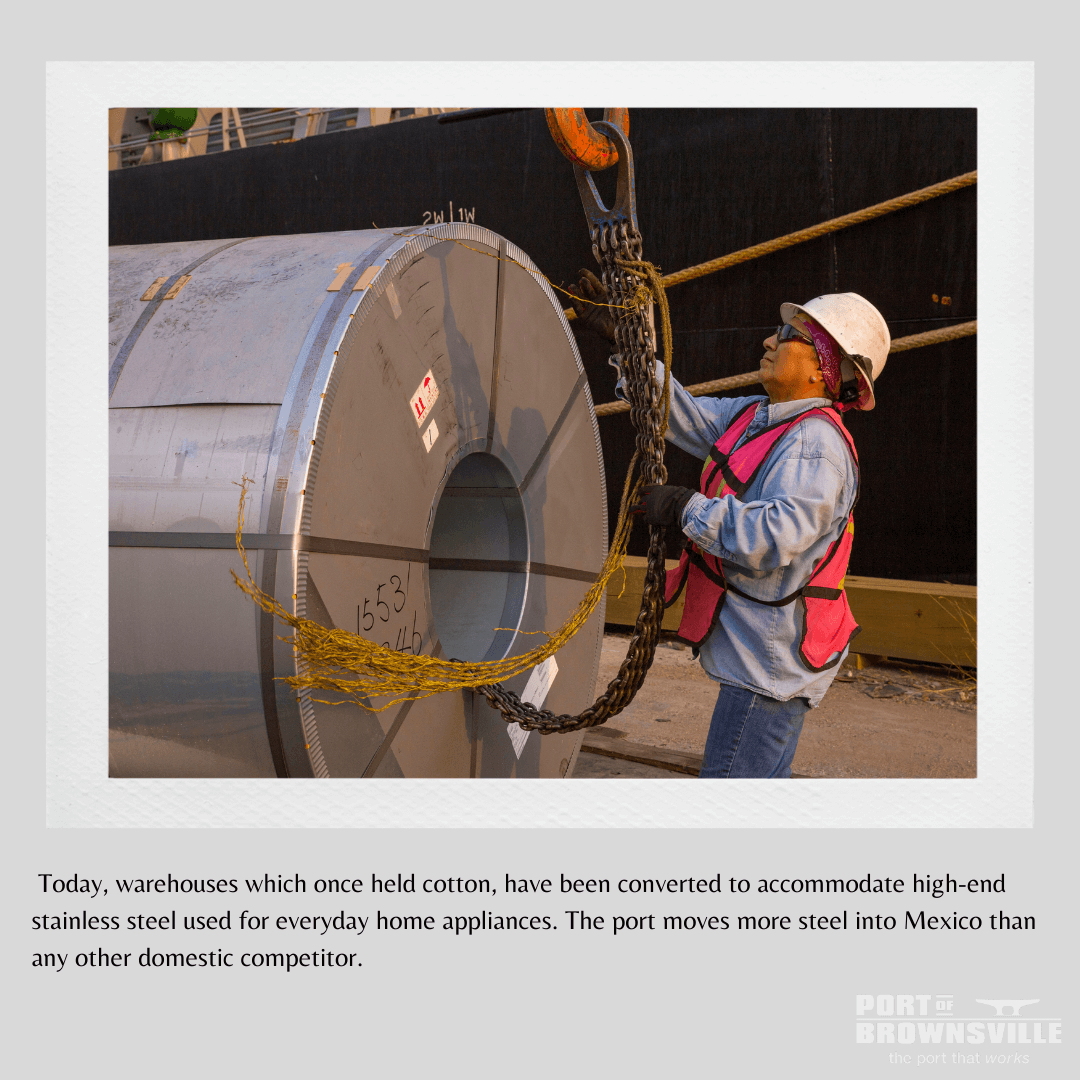BY FRANK GARZA/The Brownsville Herald
Article published June 12, 2017
BROWNSVILLE – The Port of Brownsville received welcome news after the 85th legislative session. It could potentially get assistance from a newly established state fund.
With the passage of CSHB 4021, ports across Texas will have access to a ship channel improvement revolving fund.
“It’s an opportunity for capital funding that could be very important in the future,” said Eduardo A. Campirano, director of the Port of Brownsville. “From that perspective, it’s good because there isn’t any program already at the state level to address port infrastructure.”
The legislation gives the port a second source of funding for its dredging project. In December, former president Barack Obama signed the Water Resources and Development Act of 2016, qualifying the port’s plan to deepen its ship channel by 10 feet for federal funding.
Deepening the channel will allow companies to send in bigger vessels with a heavier cargo. In the past few years, Campirano said the port has seen larger ships more frequently.
“If the ships carrying 55,000 metric tons of steel can increase their cargo load to 80,000 metric tons, their cost goes down. It’s about efficiency and cost,” Campirano said.
It is also about staying competitive. Every port is deepening its channel to 50 feet-plus, Campirano said.
The current channel’s depth is 42 feet. Deepening the channel would cost about $200 million, and an additional $50 million to upgrade the docks.
The port was visited by 327 vessels and moved about 9.3 short tons of cargo in 2016. Campirano is assuming a 3.5 percent market growth for the next five years. By 2021, the port should be moving 11 short tons of cargo and accommodating 424 vessels.
“That’s under current conditions and doesn’t take into account the deepening or LNG, or anything else,” Campirano said.
CSHB 4021 amends the Transportation Code to establish the fund in the general revenue fund administered by the Texas Transportation Commission.
With this legislation, smaller ports in Texas can stay competitive against the larger ports like the Port of Houston, said State Rep. Rene Oliveira, D-Brownsville.
“Most ports in Texas have a tax base where they collect property taxes, and (for the smaller ports) that’s a very limited tax base. The larger ports can generate more revenue and by being able to generate more revenue, they can find larger matching grants and funds from the federal government,” Oliveira said.
Ports have a significant budget. Money is needed to dredge the channels, to make major improvements, to buy equipment, and to build and maintain docks, Oliveira said.
“They have to maintain their security force, their road infrastructure, their dock infrastructure, and all of the heavy machinery … so it’s hard to do any major projects without this kind of infrastructure funding or matching grants that this bill tries to establish,” Oliveira said.
The bill established $40 million, which will be primarily used for low interest loans. It is long overdue, Oliveira said.
“I’ve probably been working on it for about 12 years,” he said.
Ports in Texas have thousands of acres of land that is undeveloped. Even the Port of Brownsville, which has a significant amount of developed land, has room to grow, Oliveira continued.
One of the port’s projects is a railway dock that would offer an additional method of transport for cargo. The Port of Brownsville is one of the few ports that would be able to offer this service, Oliveira said.
“We are the only coastal state that doesn’t help local ports with financing or infrastructure funding and now with this, we can be competitive,” Oliveira said.








